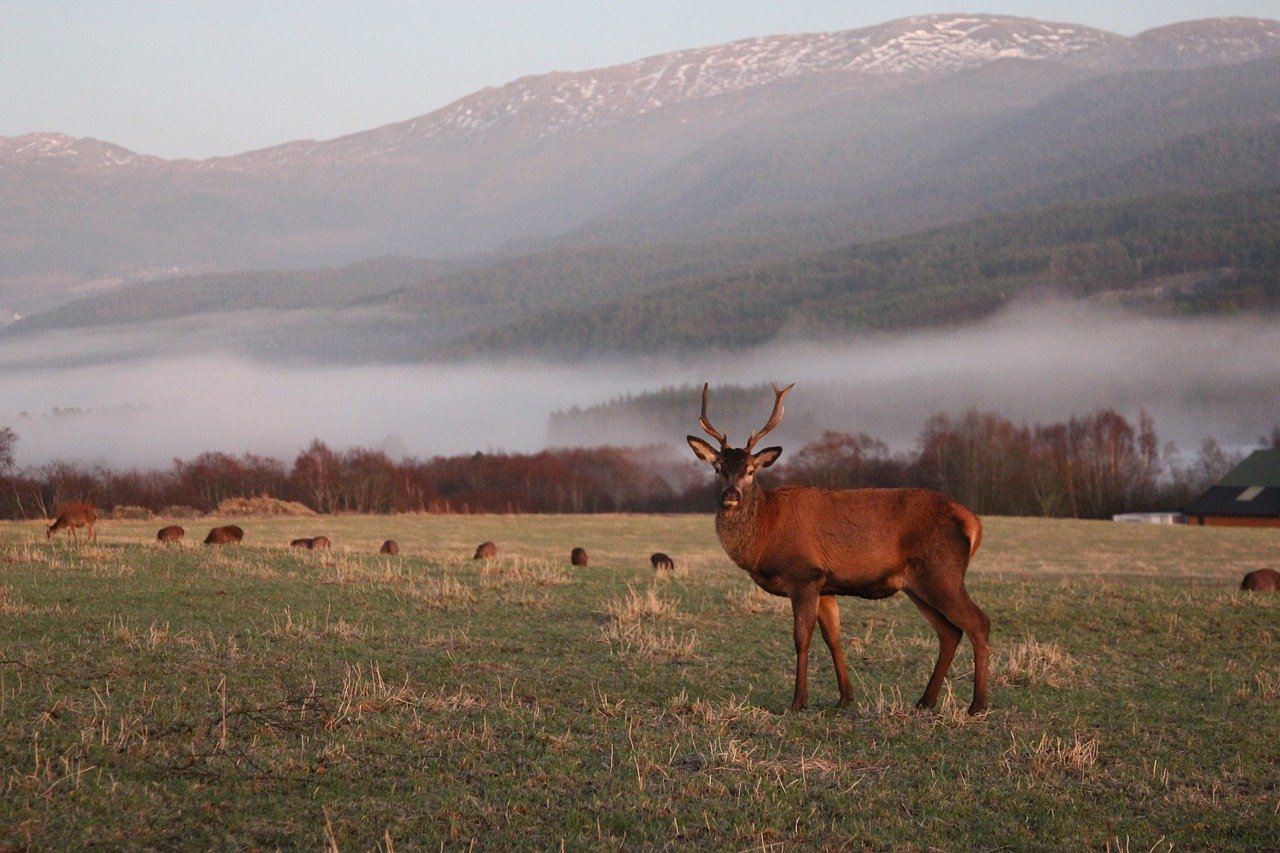Note: This article has been excerpted from a larger work in the public domain and shared here due to its historical value. It may contain outdated ideas and language that do not reflect TOTA’s opinions and beliefs.
From Recipes From All Nations by Countess Morphy, 1923.
Kylling (Chicken)
They have a characteristic way of cooking chickens in Norway. They are stufied with a plentiful amount of butter and parsley and put in an iron pan and cooked to a nice brown in plenty of butter.
The chickens are simmered very gently for 2 to 3 hours, according to their size, and a few minutes before serving a little hot water is added to the pan to “divide” the sauce, scraping the pan with a spoon, so that the thick part of the bastings will be detached. This thick and clear sauce (without any addition of flour) is served with the chicken.
Ryper (Ptarmigan)
Ptarmigan are extensively eaten in Norway and the following is one of the most popular ways of cooking them. The birds are well browned in butter, and ¾ of a pint of sour cream (which is cheap, plentiful and popular in Norway, just as it is in Russia) is added gradually. Simmer for 2½ to 3 hours. Remove the birds from the sauce, let this reduce a little, and pour it over the birds.
Aarfugl (Black game)
This is cooked in the same manner as the ptarmigan. These small birds are drawn, and the liver, etc., finely chopped and added to the sauce.
Snipe are also cooked in this manner, but using equal parts of fresh and sour cream.
Dyreryg (Venison)
The fillets are removed from the animal’s back and soaked in vinegar and water for several hours. Dry thoroughly and lard with thin strips of larding fat. Cook in the same manner as ptarmigan, with butter and sour cream.
Kjødpudding or Kjødfarce (Meat pudding or Forcemeat)
This is made in exactly the same manner as the fish forcemeat with any kind of meat. One of the popular ways of using it is to make it into a pudding, which is served with plain macaroni and tomato sauce.
Spekelaar (Smoked Mutton)
This is another very characteristic Norwegian dish. The legs of mutton used are generally about 8 or 9 lbs. They are well rubbed over with 5 handsful of salt, mixed with 1 tablespoon of sugar, and 1 of saltpetre. They are then put on a wooden tray and left standing for 3 days, being frequently turned.
They are dried, but not too much and sent to be smoked. When smoked, the legs of mutton should be hung in a dry cool place with plenty of fresh air. When done in October, they should hang till June. If they appear to get mouldy they should be carefully wiped with a cloth.
This smoked mutton is cut into thin slices and can be eaten uncooked with scrambled eggs. After hanging for only a month or two the leg of mutton can be boiled and served with different kinds of vegetables.
Letspraengt Lammbryst (Slightly Salted Lamb’s Breast)
Rub the lamb’s breast over with 3 tablespoons of salt, 1 teaspoon of saltpetre, and 1 tablespoon of sugar—for 3½ lbs. of meat. Stand for 4 to 3 days, turning every day. Boil and serve with mixed vegetables.
Syltekjød (Chops in aspic)
Take 6 or 7 lbs. of mutton chops, remove the fat and trim them neatly. Boil till quite tender. Pack the chops in jars, putting 4 or 5 in each jar. Strain the water in which the chops were boiled, and, to each quart, add nine sheets of gelatine and 6 tablespoons of vinegar. Bring to the boil, strain and, when cold, clarify with white of egg and egg shells. Pour over the cutlets and do not cover the jars till the mixture has set in a firm jelly, which should be quite transparent. This will keep for some weeks.
Morphy, Countess. Recipes of All Nations. Herbert Joseph Limited. 1923.
About TOTA
TOTA.world provides cultural information and sharing across the world to help you explore your Family’s Cultural History and create deep connections with the lives and cultures of your ancestors.


